Last week, you could practically hear the collective “What the …?” from offices and government buildings across Washington. Tulsi Gabbard, the director of national intelligence, had posted on social media a three-and-a-half-minute video reflecting on, of all things, the dropping of the atomic bomb on Hiroshima 80 years ago.
The slickly produced video of Gabbard speaking directly to camera also includes b-roll of the DNI looking pensively into the distance during her recent visit to the Japanese city. She goes on to explain the exponential growth of nuclear weapon yields during the past 80 years over AI-generated clips showing a mushroom cloud over a vaporized San Francisco and the devastation of a nuclear winter. She ended with a cryptic warning about the nuclear threat of today.
“Political elite,” declared Gabbard (a Cabinet official and former four-term congresswoman, since we’re talking about elites here), “and warmongers are carelessly fomenting fear and tensions between nuclear powers, perhaps it’s because they are confident that they will have access to nuclear shelters for themselves and their families that regular people won’t have access to.”
The video was, in a word, weird. That’s what those on Capitol Hill focused on intelligence issues certainly thought, I’m told. Why is the DNI, who heads the multi-agency intelligence community and produces the presidential daily brief, weighing in on a defense policy decision from nearly a century ago? Why is she using time and resources to produce this glossy video that appears to be unconnected to any policy goal of the administration or the president she serves? Gabbard has long expressed concerns that the world is on “the brink of a nuclear war,” but how does that fit the mission of the Office of the Director of National Intelligence?
Those reactions aligned with what President Donald Trump thought as well, with Politico reporting this week that the commander in chief was “incensed” when learning about the video, which he had not authorized. Trump apparently interpreted the post as Gabbard’s public way of weighing in on the sensitive debate that had been happening behind the scenes days before Israel began its strikes on Iran’s nuclear facilities—a debate that took place, in part, during a meeting at Camp David on June 8. Gabbard, fulfilling her weekend National Guard duties, was not there.
And when Trump was pressed this week about Gabbard’s comments from her Senate confirmation hearing earlier this year that the intelligence community has assessed that Iran is not building a nuclear weapon, the president’s annoyance was on full display.
“I don’t care what she said,” Trump said. “I think they were very close to having one.”
The whole incident with the video indicates that Gabbard, the eighth person to hold the DNI job since it was established two decades ago, has swiftly isolated herself, both within the administration and among those, like members of the Senate Intelligence Committee, who have a deep interest in maintaining a robust system of intelligence gathering and analysis.
Here’s how one former Capitol Hill aide put it to me: “I think it’s pretty clear that GOP senators broadly are sick of her—and given Trump’s recent comments, if the president isn’t listening to her, why should senators?”
But if both the president and Congress are over Gabbard, she doesn’t appear to be going anywhere. White House press secretary Karoline Leavitt on Thursday insisted that Gabbard and the always-scandal-plagued Defense Secretary Pete Hegseth remain “critical and trusted members of the president’s national security team.” Leavitt was responding to a Washington Post article reporting that Gabbard and Hegseth are not in the “Tier One” group of aides advising Trump on a potential U.S. military strike on Iran. Gabbard was spotted at the White House on Thursday.
But among the leaders of the intelligence community, it appears that Trump’s director of the Central Intelligence Agency, John Ratcliffe, has the most juice with the president. A former congressman from Texas, Ratcliffe is in that inner circle of aides (along with Vice President J.D. Vance, Secretary of State Marco Rubio, and Gen. Dan Caine of the Joint Chiefs of Staff) mentioned by the Post. And unlike Gabbard, he was at the June 8 Camp David meeting. Intelligence-minded folks on Capitol Hill aren’t losing sleep over the possibility Gabbard is a mere figurehead on the outs with Trump, knowing Ratcliffe is in charge at Langley.
What makes this awkward is not just that, as CIA director, Ratcliffe officially reports to Gabbard (as do the heads of the other intelligence agencies). In the waning months of the first Trump administration, Ratcliffe actually served as DNI. His “demotion” in the second Trump term to mere CIA director does not appear to have diminished his position as a trusted adviser to the president.
Under this arrangement, how critical is the post of DNI itself? Established in 2004 by Congress, the office was designed to remedy a major problem identified after the September 11, 2001, terrorist attacks—namely, the “siloing” of information by the various intelligence-gathering agencies that prevented the national-security officials from effectively synthesizing information.
The office, at least as currently constituted, may have outlived its usefulness if the director has been sidelined on the most crucial national security issue and has time to make videos on her pet issues.


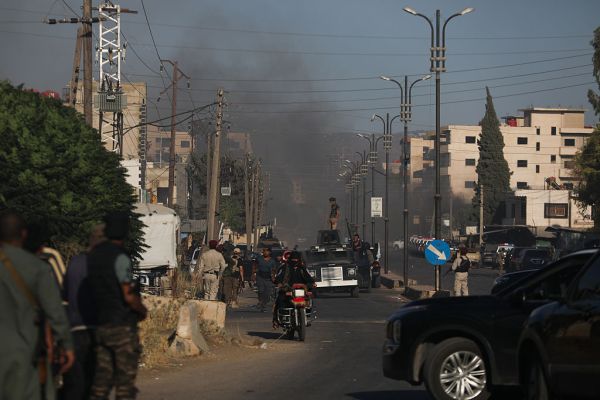

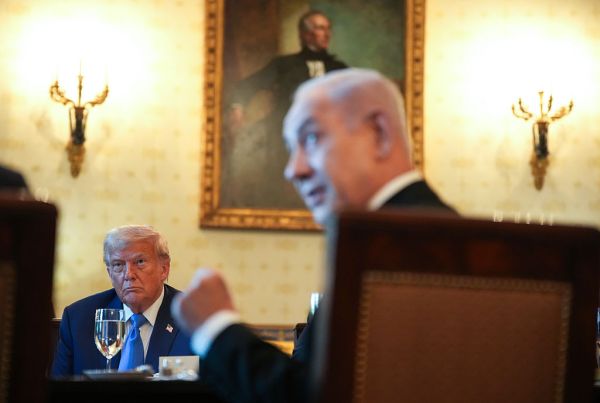
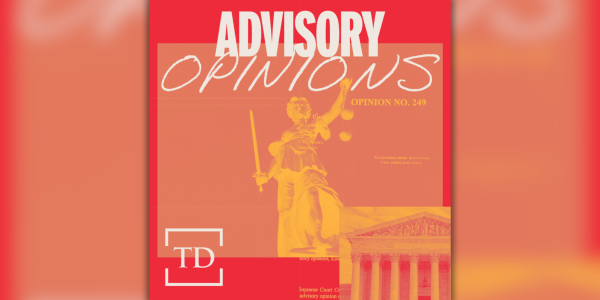
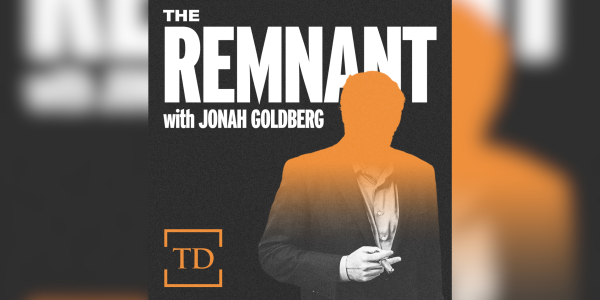
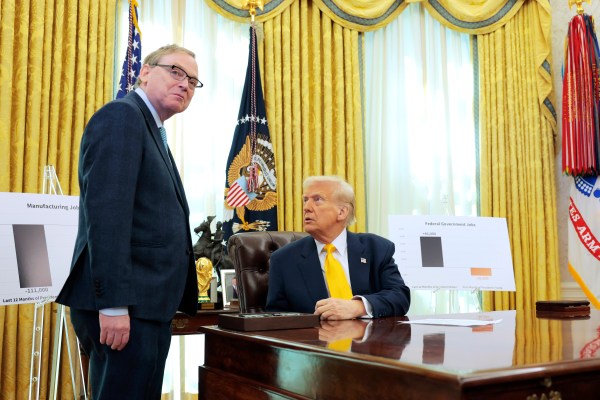


Please note that we at The Dispatch hold ourselves, our work, and our commenters to a higher standard than other places on the internet. We welcome comments that foster genuine debate or discussion—including comments critical of us or our work—but responses that include ad hominem attacks on fellow Dispatch members or are intended to stoke fear and anger may be moderated.
With your membership, you only have the ability to comment on The Morning Dispatch articles. Consider upgrading to join the conversation everywhere.